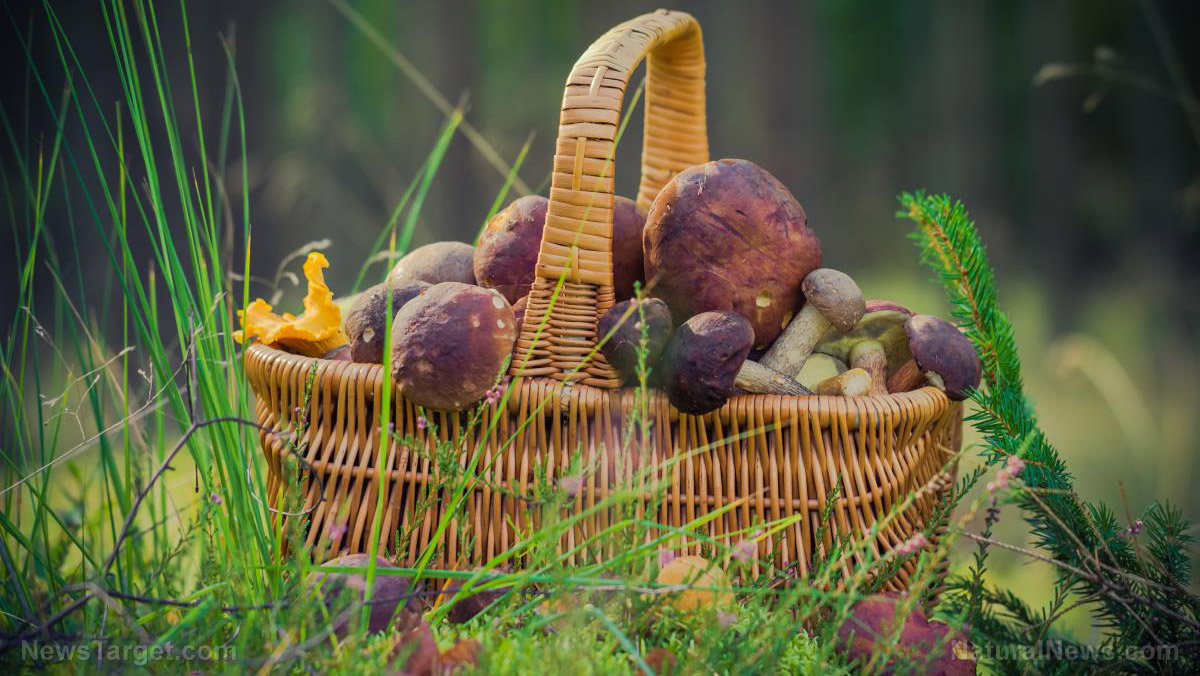
Advertisement
Microgreens are all the rage right now, and for good reason. These edible seedlings are excellent sources of fiber and essential micronutrients, as well as powerful plant compounds.
Usually, microgreens are enjoyed as part of salads because of their fresh flavor and crisp texture. However, they can also be added to soups, pasta, sandwiches, meat mains and even smoothies.
Microgreens are available in most supermarkets and farmer’s markets. But they’re pretty easy to grow, even for beginner gardeners. The best part is, you can grow them indoors.
Read on to learn more about microgreens and how to grow them.
What’s so special about microgreens?
Microgreens are often confused with sprouts, but they’re not exactly the same. Microgreens are often harvested one or two weeks after germination when the plant is one to three inches tall and its first “true leaves” have emerged. When ready to harvest, the plant is snipped off just above the root.
Sprouts, on the other hand, are harvested much earlier than that. They also don’t have any leaves.
While microgreens all look similar, it’s possible to have a variety of vegetables in one bunch of microgreens. This is why microgreens are often referred to as “vegetable confetti.”
Microgreens make a healthy addition to a balanced diet because they are full of nutrients. They typically have higher levels of vitamins and antioxidants than mature crops.
Some studies comparing the nutrient content of microgreens to that of their mature counterparts have also reported that their nutrient levels can be up to nine times higher than those found in mature greens.
Because of the nutrients and antioxidants they contain, microgreens have been linked to a lower risk of chronic diseases like heart disease and diabetes. For instance, microgreens are rich in polyphenols, a class of antioxidants thought to protect against heart disease by reducing bad cholesterol levels.
Polyphenols are also linked to a lower risk of Alzheimer’s disease, a progressive condition that involves parts of the brain that control thought, memory and language. As antioxidants, polyphenols also help protect cells from damage caused by free radicals, which can trigger the development of various types of cancer.
How to grow microgreens
Microgreens are a lot like baby greens in that only their stems and leaves are considered edible. This means that microgreens can be bought whole and cut at home, keeping them alive until they’re ready to eat.
Microgreens are very convenient to grow since they can be grown outdoors, in greenhouses or even on your kitchen windowsill.
Here are some tips on how to grow and harvest microgreens:
- Choose seeds carefully. You can grow a variety of vegetables in one batch of microgreens. Popular varieties include basil, beets and arugula, to name a few. Just make sure to choose only organic seeds. Avoid seeds treated with fungicides or pesticides.
- Use a tray or a shallow container. Fill a tray or a shallow dish with rich, well-draining soil. Plant your seeds by scattering them over soil and pressing down on each one firmly. Spray with water.
- Keep microgreens out of direct sunlight. Cover the tray or dish with a clean towel or another light-blocking material. To create a warm, humid environment for the seeds, cover the tray or dish with a plastic bag. Poke holes on the plastic bag to allow airflow. Water the seeds every day as needed. Check the soil moisture first by touching it with your finger. The seeds should never be allowed to dry out.
- Harvest with a sharp tool. Depending on the seeds you planted, you’ll have microgreens in as early as a week after sowing. Once they appear, remove the plastic bag and towel and place the tray or dish on a sunny windowsill. Continue spraying the plants with water daily until they’re one to three inches tall. Use a sharp pair of scissors or a knife to harvest. Don’t pull them out of the soil to avoid bruising.
- Wash microgreens gently. It’s a good idea to wash your microgreens before eating them, just like any other vegetable. But microgreens can bruise easily, so handle them with care. Just lightly rinse them in cold water and gently run them through a salad spinner to dry if you have one. Don’t wash microgreens if you’ll be refrigerating them.
There are many ways you can introduce microgreens to your diet. For starters, you can add them to your salads and sandwiches. You can also juice them or blend them into smoothies. Additionally, you can use microgreens as garnishes on pasta, soups, curries, grain bowls and other warm dishes.
Start growing microgreens today to reap their many health benefits.
Sources:
Advertisements







